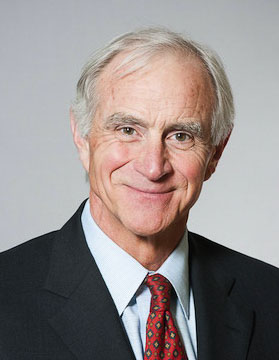
Roger Stark of the Washington Policy Center believes the impact would be as consequential as Roosevelt’s New Deal and Johnson’s Great Society
Roger Stark
Washington Policy Center

Members of Congress face the debate on the Biden Administration’s $3.5 trillion welfare package when they return from vacation this month. The details of the bill have yet to be finalized, although the legislation would be a massive step toward more government control of the lives of Americans. The actual cost may be greater than $5 trillion. (here) The impact would be as consequential as Roosevelt’s New Deal and Johnson’s Great Society.
A change in health care policy is only one aspect of the proposed legislation. There seems to be general agreement among Democrats that Medicare should be expanded to include dental, vision, and hearing. Medicare Part C, also called Medicare Advantage, now includes these features. The proposal would expand their coverage to Medicare Part A, also known as fee for service. The cost of the expansion is estimated at $370 billion. (here)
Although the political left continues to push for a single payer health care system, or Medicare For All, a compromise proposal of dropping the eligibility age for Medicare from 65 to 60 seems to be gaining traction in Congress. Estimates show that up to 24.5 million Americans would qualify for the entitlement under the proposal, (here) with an estimated added cost of $200 billion. (here)
The breakdown of those 24.5 million people is interesting. Only eight percent (2 million) are currently uninsured. Over 60 percent (14.9 m) now have employer-paid health insurance. Transfers from the Medicaid entitlement are estimated to be 17 percent (4.1 m) and 14 percent (3.4 m) would come from the individual market and other government programs. (here)
In other words, over 90 percent of those eligible for health insurance in the proposed Medicare expansion already have insurance. So this isn’t a matter of reducing the number of uninsured. This is an issue of more government expansion into the American health care delivery system.
As the 21st Century rolls out, federal spending on the existing Medicare program is not sustainable. (here) It is estimated that the current rate of spending will deplete the Medicare Trust Fund by 2026. (here) Although the goal of the $3.4 trillion blow-out is cradle-to-grave welfare for Americans, the estimated spending on the health care portion alone should force Members of Congress to vote “NO.”
Roger Stark is a senior fellow of the Senior Policy Center at the Washington Policy Center.




